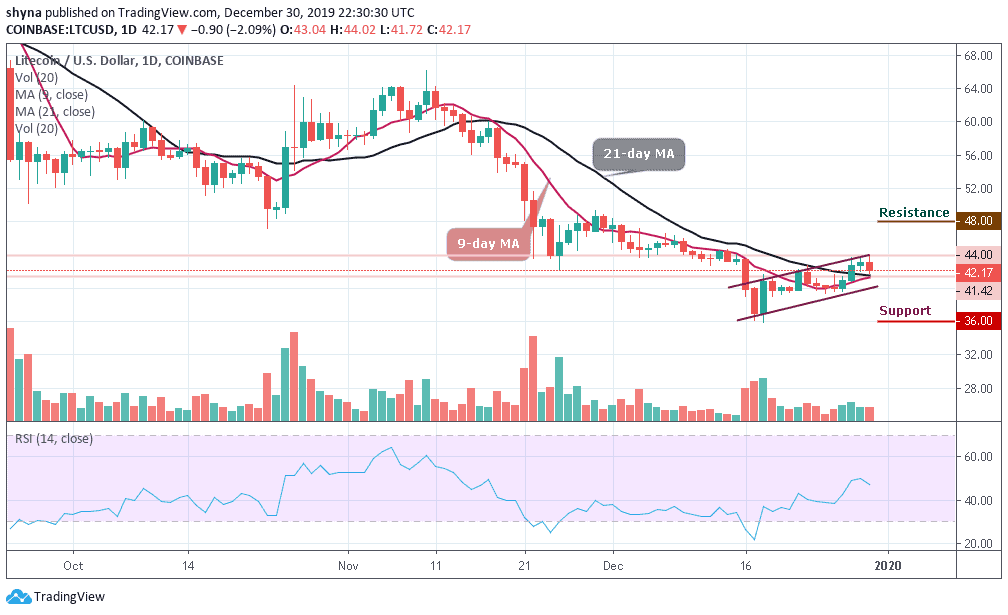Join Our Telegram channel to stay up to date on breaking news coverage
Ripple Labs’ XRP is the third-largest cryptocurrency in the industry by market cap. However, while the company itself had a noteworthy year in 2019, the asset has continued to lag in terms of price and profitability.
Ripple started the year trading at $0.37, and while the resurgence of the crypto industry helped it to climb higher a little bit, it continued to see lags in its price, and investors have been left frustrated going into the new year, as it currently holds a price peg of $0.19.
Weighing in on why the asset has continued to lag, popular Economist and financial analyst Mati Greenspan pointed to one major problem that XRP has; Ripple.
Massive Asset Volumes
Responding to a person who asked him about his thoughts on the asset on December 29, Greenspan explained that the first problem for XRP in terms of price is that Ripple has shown no restraint with pumping more and more of the asset onto the market. This troubling activity could discourage investors from purchasing more of an asset that’s oversupplied.
Yes. XRP tokenomics is a bit funny that way. The two main issues…
1. Ripple holding a large portion of tokens and selling into the rallies.
2. Usage of the network does not necessarily require XRP tokens. Banks can use Ripplenet w/o ever touching the token. https://t.co/oDM2dO1vhV
— Mati (@MatiGreenspan) December 29, 2019
TRON, another large-cap altcoin, is facing a similar problem. Last Friday, TRON News reported that the TRON Foundation would be increasing the circulating supply of TRX tokens on January 1, 2020, injecting a further 33 billion tokens (worth $429 million at press time).
In its tweet, the news source asked for opinions concerning what the company should do with the tokens; some indicated that it could go to dApps developers on the TRON blockchain, while quite a lot of people asked why the Foundation was embarking on such a move if it didn’t have plans for the released tokens in the first place.
A Limited Role for XRP to Play
The second problem with XRP, as Greenspan noted, is that the asset remains non-integral to Ripple Labs and its expansion strategy. Essentially, while Ripple’s continued to improve in terms of partnerships and adoptions, most of these have revolved around the company’s liquidity products- xCurrent and xRapid. XRP, on the other hand, hasn’t been adopted much because it hasn’t had much of a role to play in these partnerships. So, as adoption has lagged, so has the price.
For a proper example of this, take the Ripple Labs agreement with popular payment processor MoneyGram. The deal, which was first announced in June, eventually saw Ripple Labs purchase a 10 percent stake in MoneyGram for a total of $50 million. On the other hand, MoneyGram will use the xRapid On-Demand Liquidity settlement product to allow users to send money in one currency and have it instantly settled in the destination currency. XRP works as an intermediary, but its adoption has remained stunted.
This.
XRP, like almost all ICO coins, doesn't need to exist and gives you no real rights to anything.
It's purpose is to make Ripple money, by selling it to suckers. https://t.co/kif8JXfPfV
— Peter Todd/mempoolfullrbf=1 (@peterktodd) December 21, 2019
Ripple Labs has also come under fire for the way it has used the asset. On December 21, ex-Bitcoin core developer Peter Todd explained on Twitter that the asset was no more than a revenue-generation source for Ripple Labs, while also alleging that several Ripple partners had told him that they weren’t prepared to use the asset for anything.
Join Our Telegram channel to stay up to date on breaking news coverage


